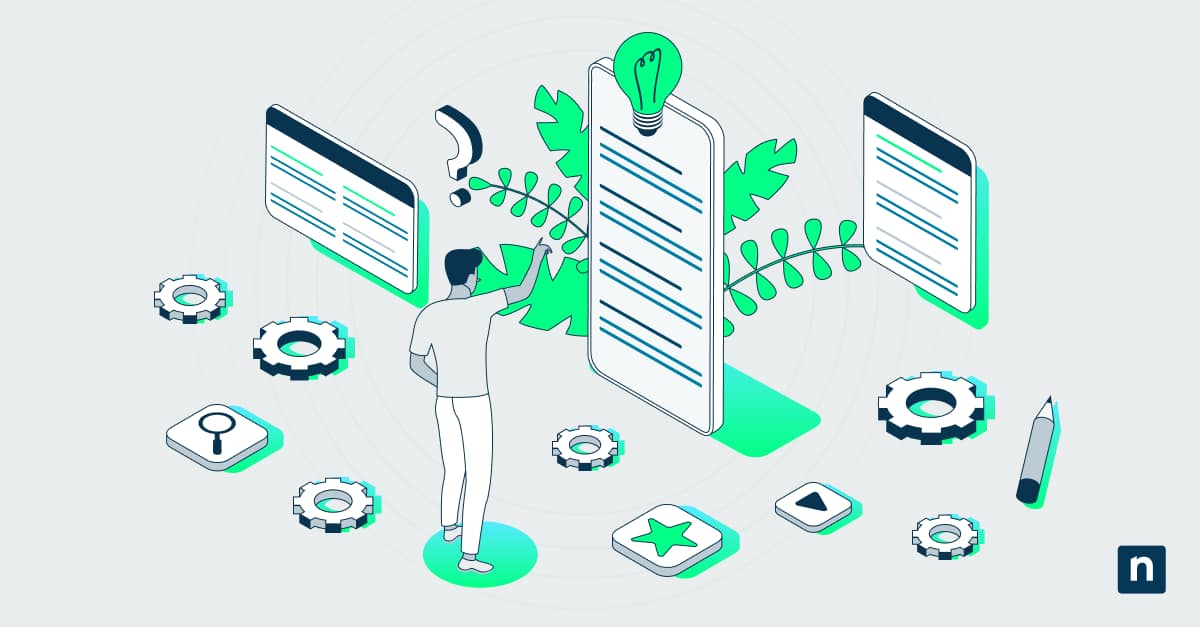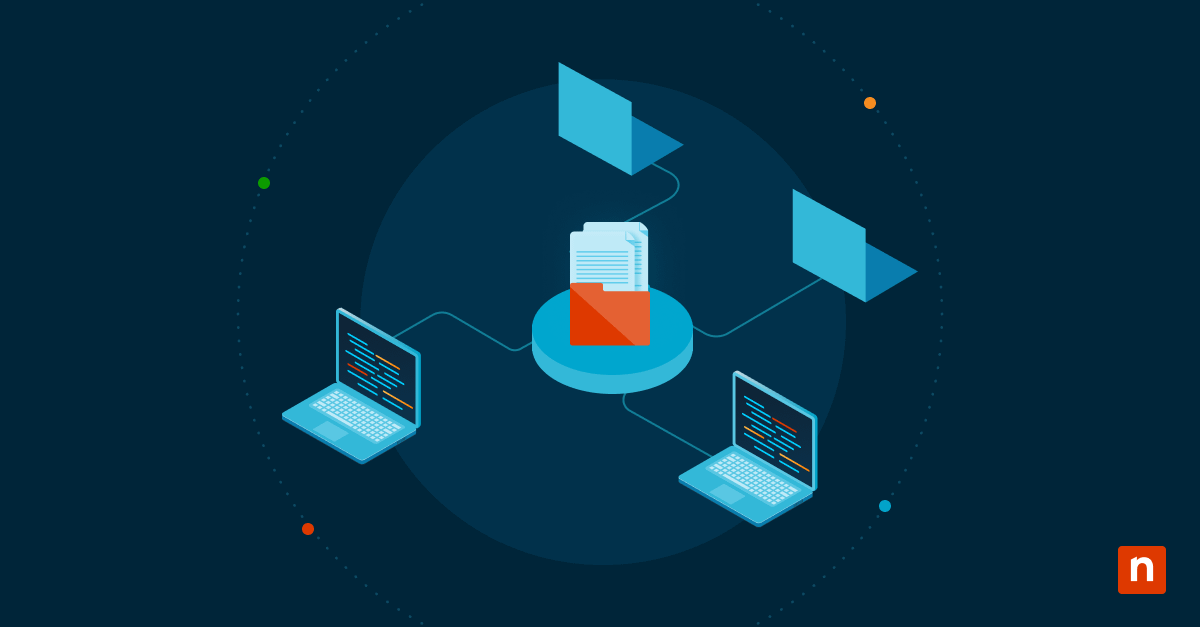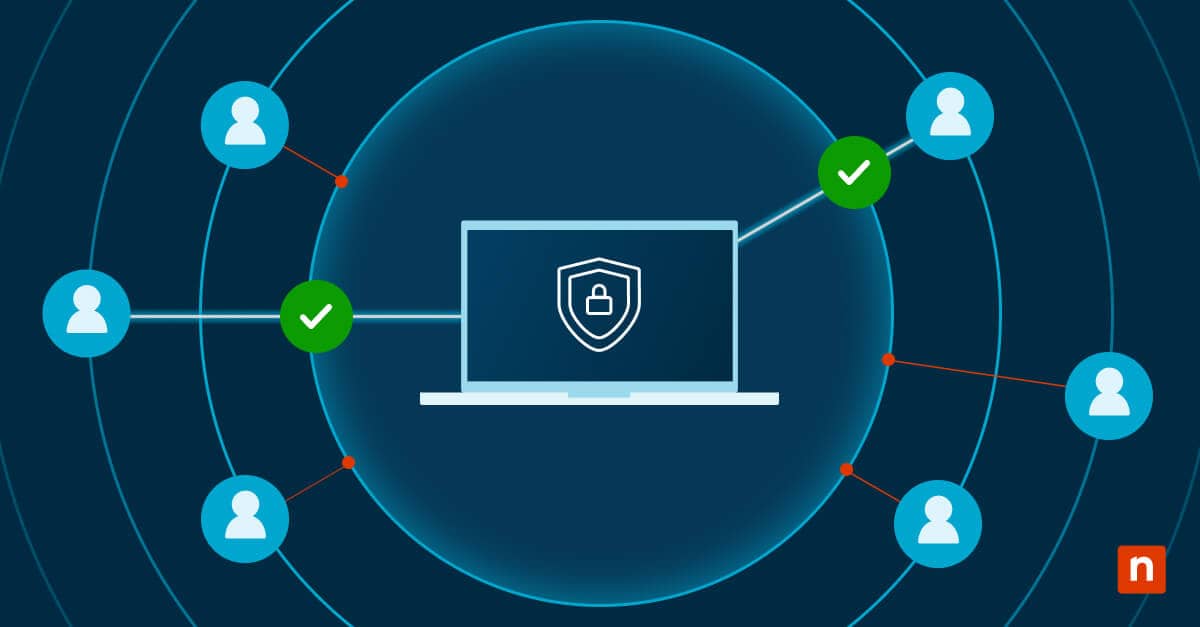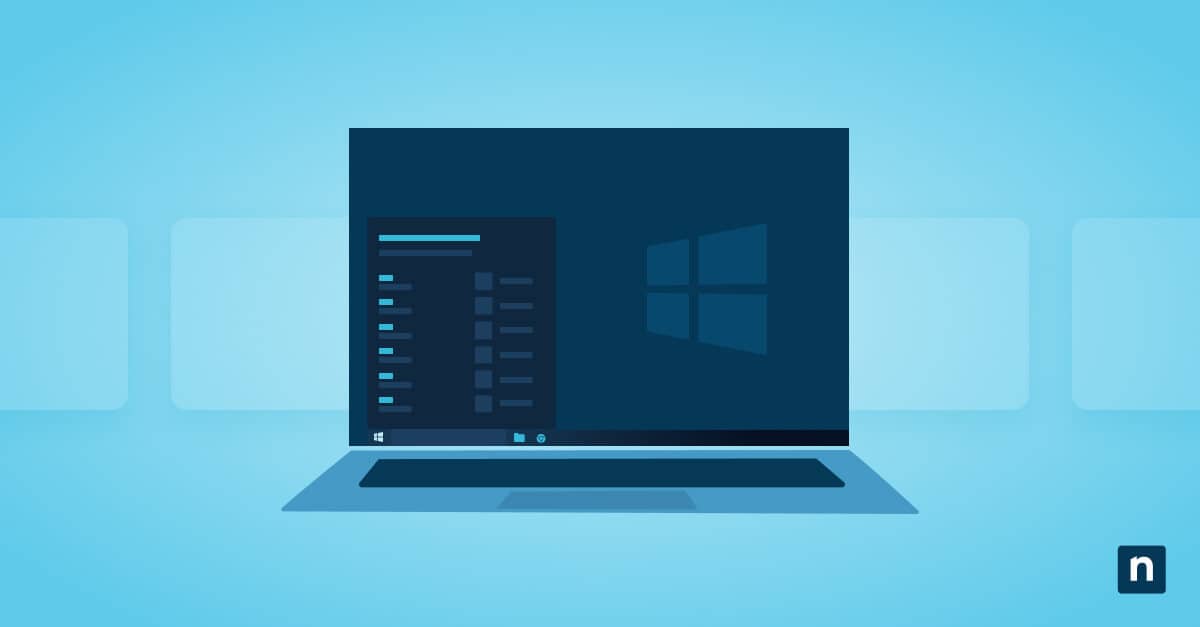When you choose to work with another organization, for the sake of your reputation and security, you need to carefully vet each organization before finalizing the decision. Choosing a vendor with which to do business relies on that vendor ranking highly on a vendor risk assessment, which occurs when that vendor practices robust security, ensures compliance with local regulations, and implements effective policies and procedures to ensure smooth daily operations.
When a vendor has all of these qualities and scores highly on a vendor risk assessment, it’s more likely that your own business’s security and operations will be safe from attack or disaster. If the vendor does not have these qualities, working with them could quickly become a problem for your organization, so it’s important to accurately assess every potential vendor before making any agreements.
What is a vendor risk assessment (VRA)?
In a vendor risk assessment, organizations carefully consider security practices, privacy policies, support availability, and other factors before committing to working with a particular vendor. Then an organization prioritizes these factors, determining which ones are most important to them. For example, data security is often a top consideration due to the risk and consequences of a leak. If you’re going to trust someone else with your data, you should have confidence that they will properly handle it and take the necessary steps to lower risks.
Once an organization knows what values are most important to share with a vendor, they can score the vendors that they’re considering to make a final decision. Using vendor scoring solutions, organizations can compare the scores of vendors they’re considering working with to determine how they measure up against each other.
Why is vendor risk assessment important?
While it may be tempting to opt for the vendor that offers the lowest costs or the most products or services, it’s important to conduct risk assessments on all potential vendors and choose the one that most aligns with your priorities. Because vendors that you work with will have access to customer data, privacy and security are extremely important priorities and values to share.
Providing IT services and support requires your clients to trust you, and your relationship with them is very important to your continued success. When considering a vendor, if your risk assessment suggests that they do not adequately account for and protect against critical risks, avoid beginning a relationship with that vendor. Any incidents or disasters caused by their carelessness or neglect will reflect on you to your clients. This could damage your reputation and disrupt normal business functions, especially if that vendor is critical to your daily operations.
Different types of vendor-related risks
For effective prioritization and risk assessment, it’s useful to break down the different types of vendor-related risks that could affect your business.
- Operational risks: Consider the business structure of potential vendors and whether their teams appear to communicate well. Functional, efficient processes are also important. An absence of these indicates that the vendor is not a particularly strong or healthy organization, which puts it at greater risk of incidents or disasters over time. For your organization, this means some vendors will carry risks that could disrupt your daily operations.
- Reputational risks: Any time you work closely with an outside vendor, their decisions and actions can affect your organization. Poor security practices that lead to the vendor experiencing incidents or disasters may not be your fault, but your reputation with customers will be at risk.
- Compliance risks: When you work with a vendor, you will likely exchange customer data. As data privacy regulations grow stricter, particularly in Europe and the US, you must be vigilant about compliance to avoid paying large fines. However, sharing data with vendors also means you need to know their data security practices to ensure that all your customer data is kept secure and confidential.
- Cybersecurity risks: Because of the information pipelines between you and your vendors, there is an increased risk of cybersecurity issues. Having more points of access or people accessing your databases, servers, or network means having more vulnerabilities and potential attack vectors. So, when assessing your vendors, check that they follow best practices for credentials and data access permissions.
- Financial risks: Various scenarios can occur while working with a vendor that may lead to loss of money for your business. Whether an unhappy customer sues, the vendor violates compliance laws, or reputation damage slows down business, these risks may cause financial trouble.
Steps of a vendor risk assessment process
When you begin looking for vendors, it helps to have a predetermined process for risk assessment. Here are a few essential steps:
- Start your risk assessment process by identifying and classifying potential risk levels. For example, a company that provides computers and other hardware is a much lower risk than a company that hosts your cloud backups or website.
- Gather vendor information and documentation to help you understand their internal policies and procedures. This is especially important if the vendor will be handling your confidential information or customer data.
- Assess vendor risks based on predefined criteria. You should know your values and priorities before you begin searching for vendors. Avoid making exceptions to those criteria.
- Assign risk scores based on the types of risk, the function the vendor will serve, and your criteria. Once you have all your options scored, eliminate the vendors that do not meet your criteria and continue considering those that received sufficient scores for further evaluation.
Vendor risk management checklist
As you continue your evaluation, be sure to look at data protection measures and compliance records. Review procedures for storing data and the company’s incident history and recovery track record. Finally, evaluate the vendor’s business continuity plans and financial stability to ensure that you will have a long and beneficial partnership.
Once you’ve chosen a vendor, you should continue monitoring and evaluating. Risk management does not stop once the vendor begins working with your organization; rather, it continues through the lifespan of your collaboration. Ongoing risk management includes:
- Policies and procedures: Establishing vendor risk management policies and procedures that are routinely enforced is important for continued risk limitation and decreased likelihood of disaster or security incidents.
- Monitoring: Regular vendor performance monitoring will help you ensure that your vendors continue to follow policies and procedures, especially as they pertain to sensitive information and integral business operations.
- Information protection: Implementing vendor IP restrictions and intellectual property safeguards can help protect the organization from cyberattacks and compliance violations.
Vendor assessment and remote management
By following the steps outlined in the vendor risk management checklist and carefully weighing every potential vendor’s risks, you can minimize your risk of suffering a security incident or of paying for compliance violations. Effective vendor risk management also helps you proactively preserve your security, reputation, and disaster recovery.
For MSPs and IT professionals, an effective way to manage vendors is to determine how their offerings can integrate with your remote monitoring and management (RMM) solution. RMM enables accurate asset management, automated network and device monitoring, efficient software deployment and updates, and remote support, among other things. Some RMM solutions have specific vendor management solutions, and others allow you to create and deploy a vendor management plan through their platforms.
Ultimately, however, the most important part of vendor management is whether you’re able to ensure that their security, compliance, business continuity, and disaster recovery plans are all compatible with your own. For the best relationship with your vendors and to maintain the greatest security for your organization, you need to have similar approaches and solutions to risks. Without this compatibility, your vendor could quickly become a liability.







